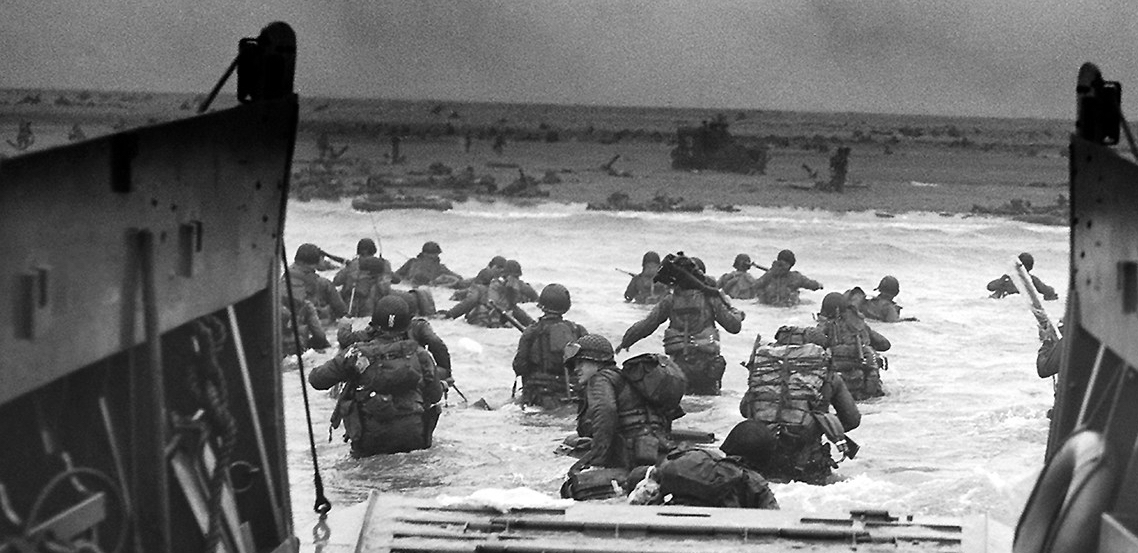His Bunkie
There were many words that you could not stand to hear and finally only the names of places had dignity. Abstract words such as glory, honour, courage, or hallow were obscene. Ernest Hemingway, in A Farewell to Arms, 1929. "His Bunkie" by William James Aylward, 1918, U.S. Army Art Collection Among more than 700 pieces …






